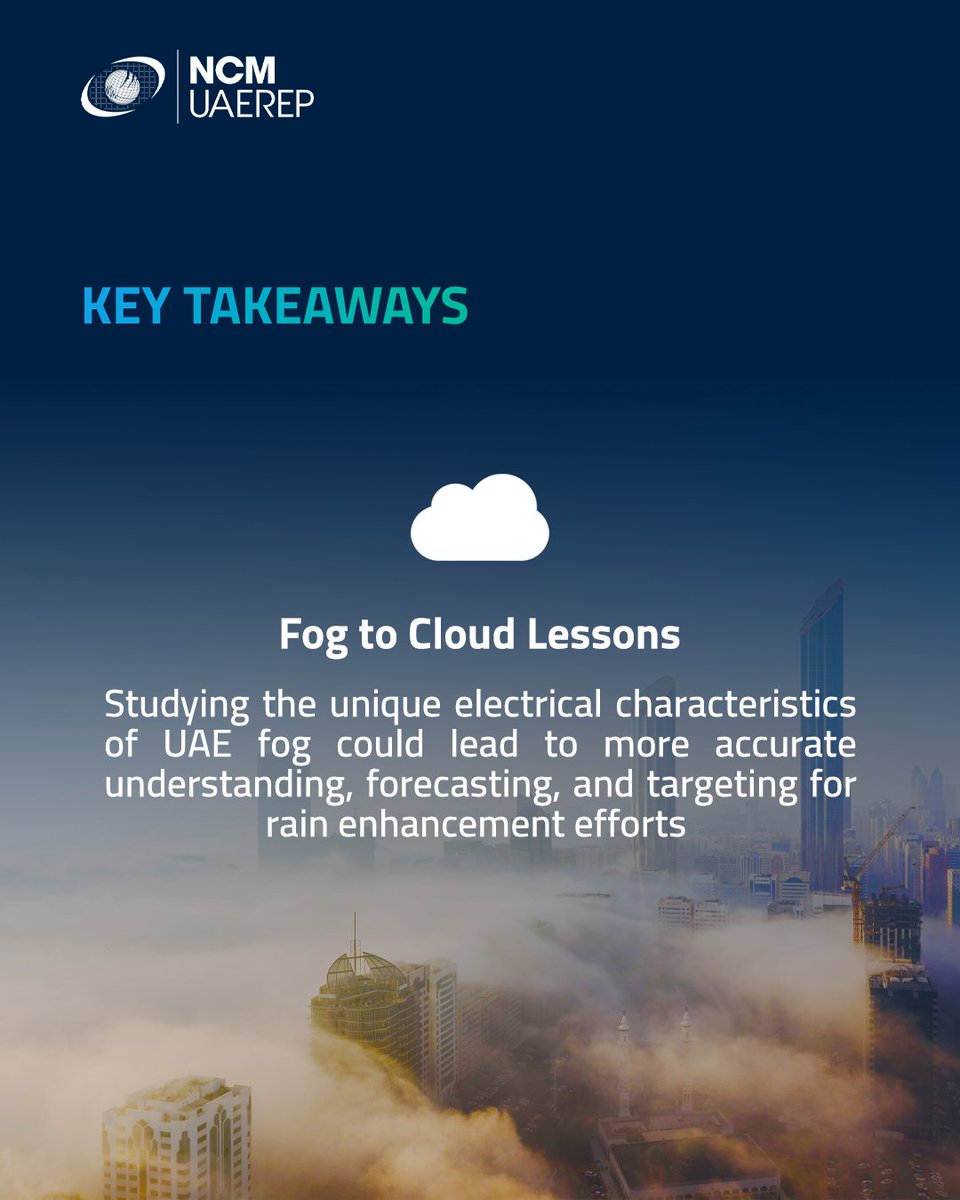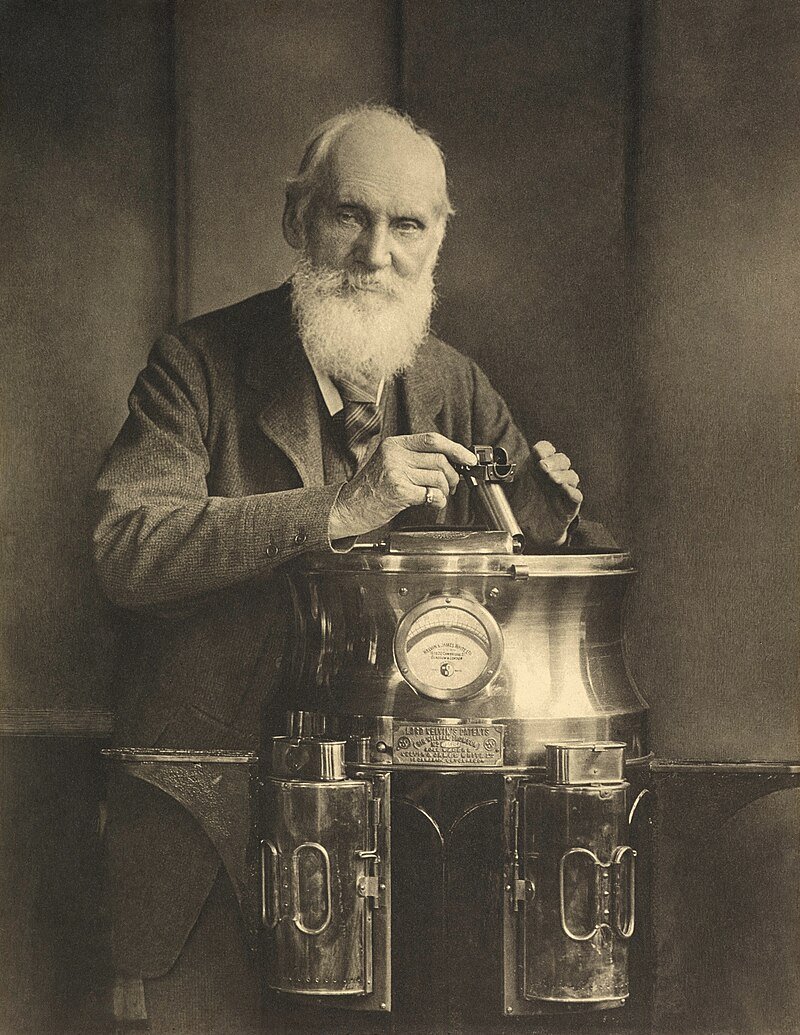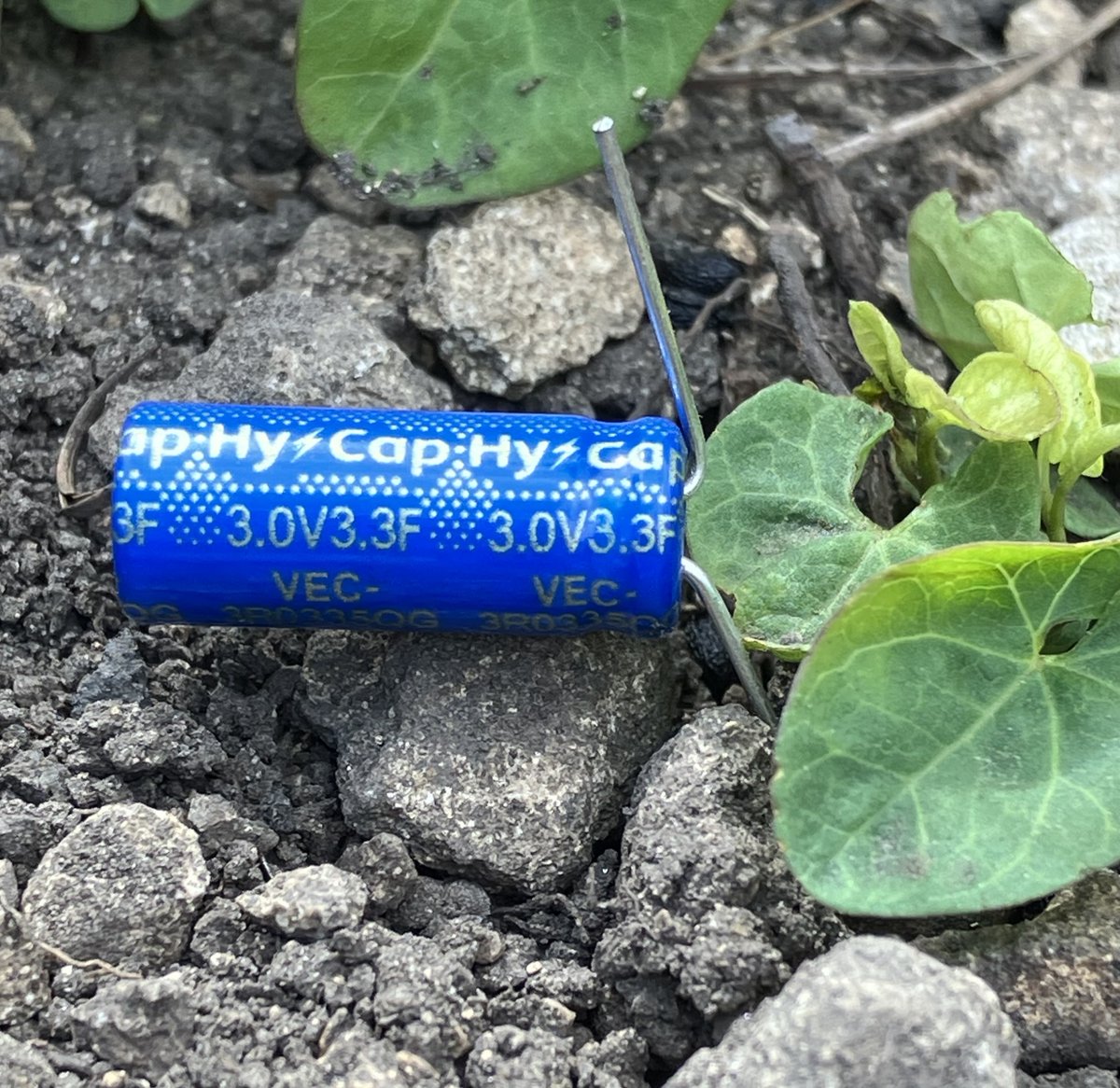
Giles Harrison
@swshargi
Atmospheric scientist, Morris Minor enthusiast and Tenor (but only of his own opinion)
ID: 4396178548
https://www.reading.ac.uk/meteorology/stories/giles-harrison 06-12-2015 17:28:41
656 Tweet
362 Followers
154 Following

Now you can listen to extreme Space Weather, through a sonification of the 1859 Carrington Event, by Reading Meteorology alumnus Duncan Geere. loudnumbers.net/carringtonevent




Attenborough's Natural Curiosities - how bees use their electric charge. (Observations of charge on a swarm of bees are presented in this University of Bristol Biological Sciences and Reading Meteorology paper: doi.org/10.1016/j.isci…). tiktok.com/@uandyesterday…


Sharp and sudden air temperature changes with wind direction recorded at the Reading Meteorology Atmospheric Observatory: transiently up at +25 °C/hour yesterday and then back down at -19°C/hour today
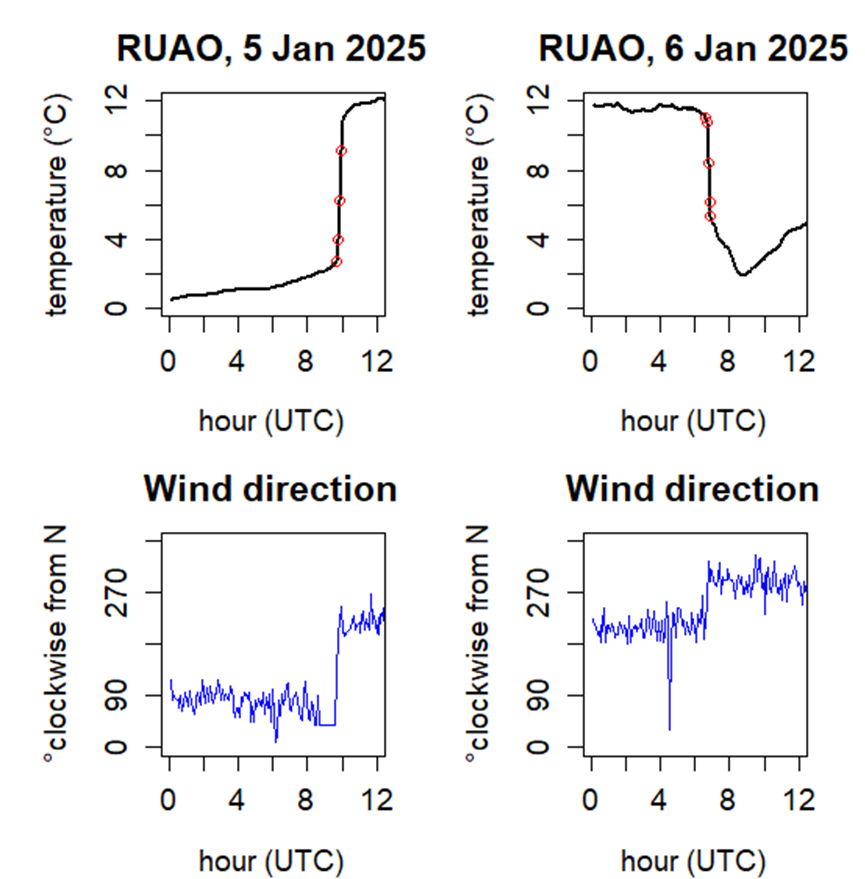

Cold snaps bring measurement challenges. It's a rare Reading Meteorology thing but the wet bulb thermometer sometimes freezes after a few degrees of supercooling (spot the change in Twet below). Further examples at the end of our 2012 paper: tinyurl.com/mwj66urb
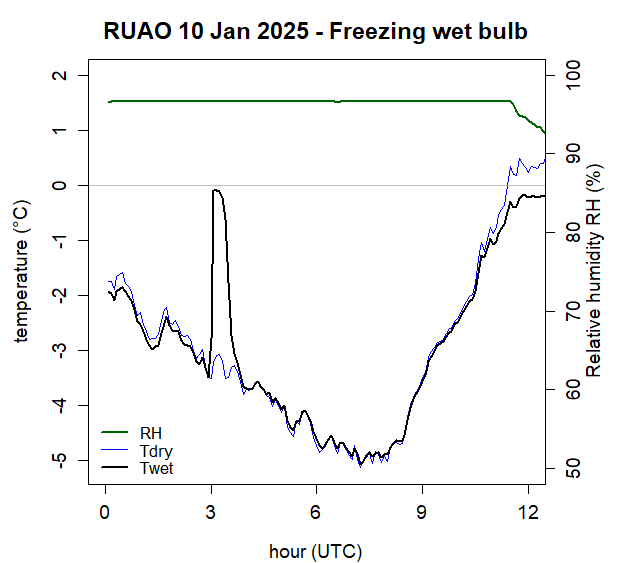


Interesting fog and PG variation at Reading Meteorology overnight, showing how they mirror each other. Our QJ paper last year discussed this: phys.org/news/2024-02-s…
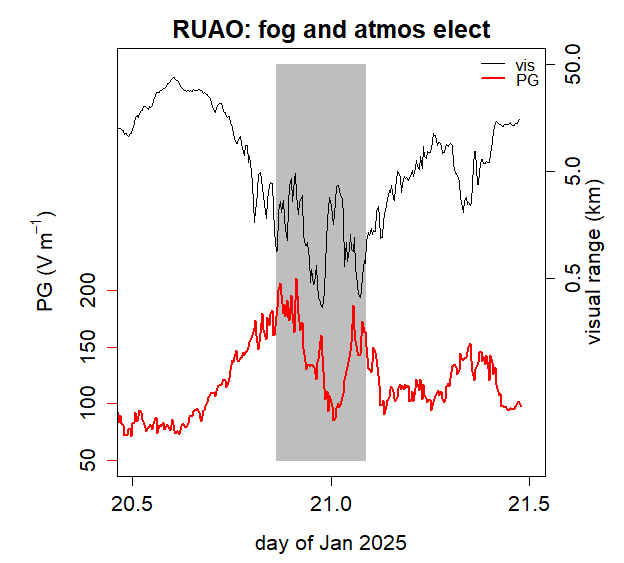

Our paper with University of Bristol Biological Sciences shows how to measure the charge on small objects found in environmental fieldwork - or those released from acoustic levitation in the lab - using a new design of Faraday cup which encloses the sensitive electronics. doi.org/10.1016/j.elst…

Chunk taken out of the Reading Meteorology solar radiation measurements by this morning's partial solar #eclipse, evident despite high cloud - blue line shows the surface measurements, grey line the calculated effect at top of atmosphere




Tropical night or not? Reading Meteorology naturally ventilated screen (NVS) had a 20.0degC min, but the force-ventilated (aspirated) screen had 19.6degC. NVS work least well when the wind is calm, often at the min, as today. We foresaw these marginal cases : doi.org/10.1002/asl.12…




